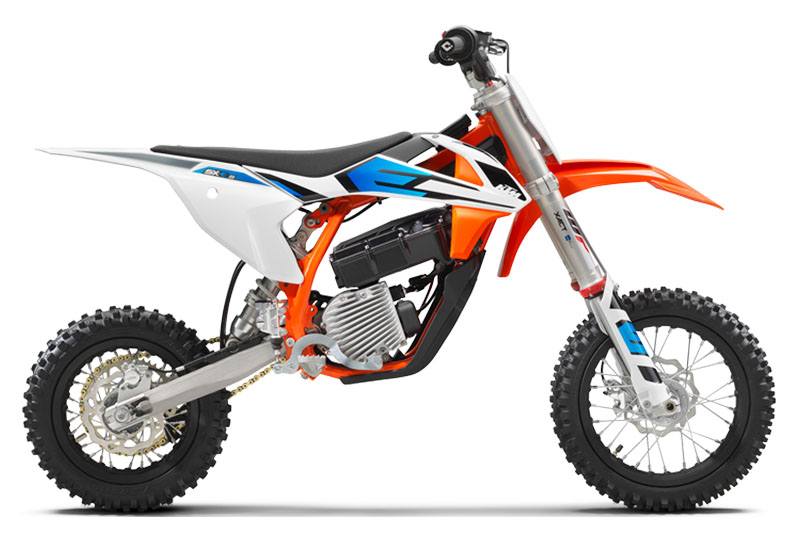
What Happens to Used Electric Vehicle Batteries? Manufacturers have a plan for them
Used batteries from electric and hybrid vehicles are a tasty morsel for automakers. Almost all manufacturers have found a way to control them - most often they function as energy storage devices.
The engine performance characteristics of an electric vehicle impose very specific limitations on the battery. If its maximum power drops below a certain level (read: voltage at the poles decreases), the rider will feel it as a decrease in range on a single charge, and sometimes as a decrease in power. This is due to the chemical composition of cells, which you can read about in this article:
> Why charging up to 80 percent and not up to 100? What does all this mean? [WE WILL EXPLAIN]
According to Bloomberg (source), Batteries to be removed from an electric or hybrid vehicle still have at least 7-10 consecutive years ahead.... The result is new businesses that rely on partially used traction batteries. And yes:
- Nissan uses waste batteries to store energy and city lighting and regenerates them so they can be returned to cars.
- Renault uses them in experimental home energy storage devices (pictured) Renault Powervault, energy storage devices for elevators and charging stations,
- Chevrolet uses them in a data center in Michigan
- BMW uses them to store renewable energy, which is then used to power the BMW i3 car factory.
- BYD has used them in universal energy storage devices,
- Toyota will install them in 7-Eleven stores in Japan to power refrigerators, heaters and grills.
> V2G in the UK - cars as energy storage for power plants
According to analysts, already in 2025, 3/4 of spent batteries will be recycled to extract valuable minerals (mainly cobalt). They will also go to homes and apartments to store energy harvested from solar panels and local energy sinks: elevators, lighting, possibly apartments.
Worth reading: Bloomberg
Photo: Renault Powervault, home energy storage (bright "cabinet" in the center of the picture) (c) Renault
This may interest you:

